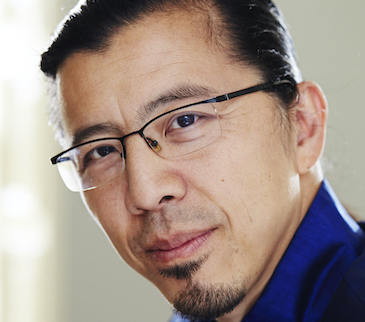Not long ago I was accompanying a flute lesson taught by Detroit Symphony Orchestra’s assistant principal Flutist Sharon Sparrow. She was talking to one of her students about the importance of slow practicing when starting a new piece. This article is a summary of the excellent point she made.
Imagine you are typing a speech on your computer. This speech is important because it is for a famous person, such as the Queen of England. You’ll need to hand this speech over to her to read–you cannot have mistakes in it. But the computer you’re using doesn’t have a Delete or Backspace button. That means that you only get one chance to type the speech. How would you type it? Would you type it very slowly and carefully or try to do it as fast as possible?
When you are learning a new piece of music, you should approach it the same way. Just as you only have one chance to input the speech into your computer, you only have one opportunity to input the new musical piece into your brain accurately. Your brain is like a computer without a Delete button. Therefore, when you are learning a new repertoire, it is best to put that information in your mind slowly and carefully.
Learn
It Carefully the First Time
As you are learning a challenging piece, it can be tempting to rush through it so that you can get it done quickly. But by hurrying the learning process, mistakes are made. You may end up learning the music incorrectly, especially if the piece is filled with runs and lots of quick notes.
Even if you go back and relearn the piece correctly—which is challenging to do—that old programming can still pop up while you are playing in a performance. Consequently, it is so important to learn things right the first time. So, take care to learn each new piece slowly and precisely how it is notated in a score. Being careful ensures that the right way to play the music is ingrained in your mind.
There
Is a Delete Button—Sort of
Technically, your brain does have a Delete button, but it’s not easy to use. Once you’ve learned a variation, it is challenging to unlearn it. It also becomes challenging to relearn the piece of music correctly.
To unlearn the incorrect version of the musical piece, you must practice the correct version over and over at a very slow tempo. Through a great deal of repetition and concentration, the correct version of the music will become the default that your brain goes to when you play it.
As you can see, taking your time and being vigilant when you are learning a piece for the first time saves you a lot of effort and time in the long run. It will help you avoid the time-consuming and challenging process of reprogramming your brain later.

Rudolf Ozolins
Rudolf Ozolins holds a DMA in piano performance from Michigan State University. He has a well-established piano studio in Detroit Metro Area. Rudolf works as an accompanist at Oakland University with Flute studios of Sharon Sparrow, Jeff Zook, and Amanda Blaikie. He actively concertizes as a chamber musician.



This is an awesome article. Great food for thought.
I’m glad you found the article interesting.